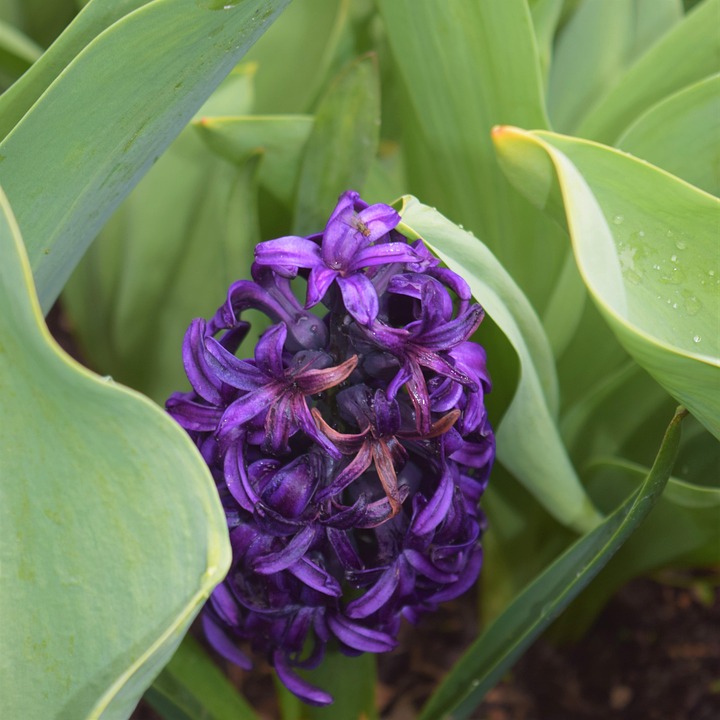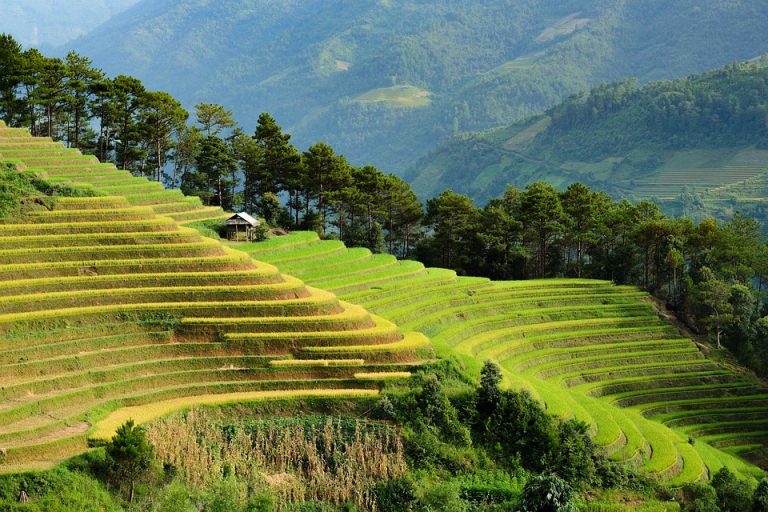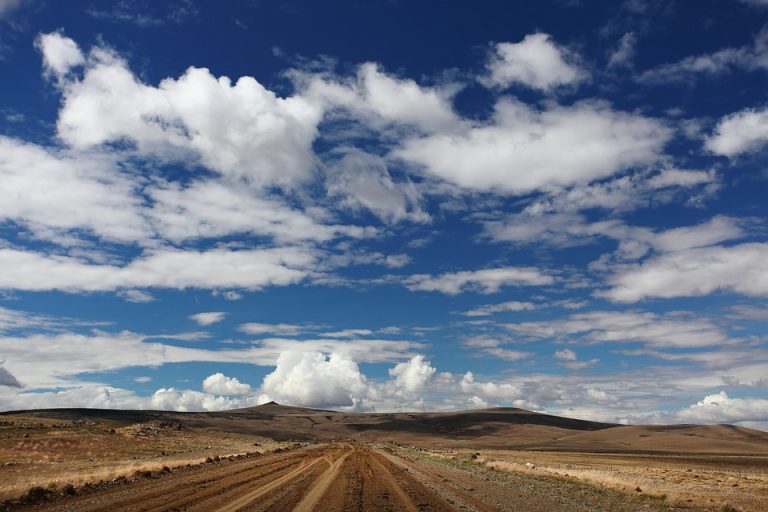Hidden travel gems are the quiet places, overlooked towns, and secret landscapes that repay curiosity with wonder, solitude, and stories you’ll carry home like talismans. These are not the headline attractions; they’re the experiences that repair your tired senses, teach you something sharp about a culture, and give you bragging rights that feel earned. If you want trips that change you, not just photos that impress, you want these places on your passport.
Travel changes people. Neuroscience and psychology research tie novel environments to improved cognitive flexibility and long-term well-being, and that’s why seeking hidden travel gems matters for your life, not just your feed. I’m not promising perfection. I’m promising richness: quieter mornings, conversations that linger, and landscapes you’ll remember without a filter.
Bold travel decisions reward you. This guide gives you seven specific destinations that are underrated, practical tips to get there, and the exact reasons each one will alter how you travel from now on. You’ll find pragmatic advice—where to stay, what to pack, how to respect local culture—and the emotional payoffs that make the effort worth it.
Contents
- Hidden Travel Gems: How To Find Them
- 1. The Canary Forests of La Gomera, Spain
- 2. The Wind-Sculpted Villages of Alentejo, Portugal
- 3. The Floating Farms Of Inle Lake, Myanmar
- 4. The Marble Caves Of Chilean Patagonia
- 5. The Quiet Ruins Of Teleorman, Romania
- 6. The Salt Flats Of Salinas Grandes, Argentina
- 7. The Limestone Caves of Phong Nha, Vietnam
- Bottom Line
- FAQ
Hidden Travel Gems: How To Find Them
Finding hidden travel gems starts with curiosity and ends with elbow grease. Use satellite maps to scout coastlines and mountain valleys. Read regional blogs and local government tourism sites instead of only mainstream guides. Talk to people—hotel staff, cafe owners, bus drivers—and ask where they go when they need peace.
There’s a method to this: combine expert sources like UNESCO listings and academic travel studies with firsthand accounts from micro-influencers who live in the area. A University of Oxford paper on travel behavior found that personal recommendations produce deeper satisfaction than generic itineraries. That’s your permission slip to be brave and deviate.
Practical rules:
- Choose places with limited mass-tourism infrastructure—that usually means smaller towns and national parks that aren’t hyper-marketed.
- Travel off-season if you can; you’ll meet local artisans and guides who truly know the place.
- Learn a few words of the local language. It unlocks trust and better experiences.
1. The Canary Forests of La Gomera, Spain
La Gomera hides like a secret sibling to Tenerife: craggy, green, and small enough to feel intimate. This island’s laurel forests look like a Jurassic postcard and offer hiking trails that carry you from fog to sun in an hour. Tourists flock to Spain for beaches, not whispering eucalyptus and Canary laurel groves.
Why you’ll love it: solitude, dramatic vistas, and a culture that prizes conversation. Local cuisine is simple and soul-cleaning; try the mojo sauces and mountain goat stew. Practical note: ferries from Tenerife run often. Book a small guesthouse and hire a guide for the best hidden coves.
2. The Wind-Sculpted Villages of Alentejo, Portugal
Alentejo is wide and white, a region of cork trees and blue sky that Europeans know but few Americans do. The villages are low, slow, and feminist in their own right: women run markets and diners, and the food is honest. You’ll find ceramic artisans, seaside cliffs that feel like your private theater, and wineries that offer intimate tastings in old cellars.
Why you’ll love it: the landscape is spacious enough to breathe. Book a night in a restored farmhouse and drive local backroads. The science of stress reduction suggests open landscapes help lower cortisol; Alentejo is literally a stress antidote.
3. The Floating Farms Of Inle Lake, Myanmar
Inle Lake’s floating gardens and stilted villages are a choreography of daily life on water. Fishermen balance on one leg and row with the other—an image tourists circulate, but the lake remains remarkably calm and authentic if you choose small operators who respect the community.
Why you’ll love it: intimacy with daily life and craft. Seek out family-run lodges and support markets where locals sell silk and smoked fish. Environmental researchers study Inle’s unique farming; when you visit responsibly, you’re part of a preservation story, not the problem.
4. The Marble Caves Of Chilean Patagonia
Patagonia gets attention, but the Marble Caves near General Carrera Lake are still a hush-hushed wonder. Sunlight through volcanic rock and turquoise water creates marble patterns that look staged by an artist with a private budget. Access is by small boat, and the light changes with the seasons.
Why you’ll love it: free-form beauty without crowds. Operate with a guide who understands fragile ecosystems. Researchers at Chilean universities monitor glacial-fed lakes here; visiting with a conservation-minded operator aligns your travel with science.
5. The Quiet Ruins Of Teleorman, Romania
Romania’s countryside performs on an ancient scale: fortified churches, rolling hills, and ruins that smell of dust and wild thyme. Teleorman and nearby counties retain architecture untouched by mass tourism. You will walk castle courtyards where few feet have fallen before yours that day.
Why you’ll love it: you can be present. Language barriers are tiny; people are candid and hospitable. Stay in a family-run pension and ask for a home-cooked meal. Cultural anthropologists often recommend longer stays in areas like this to truly absorb local rhythms.
6. The Salt Flats Of Salinas Grandes, Argentina
Salinas Grandes is a celestial, white expanse where sky and ground conspire. It’s not the Salar de Uyuni, but it’s huge enough for perspective and small enough for solitude. Nights here deliver sky shows so wide you’ll feel the universe pushing at your ribcage.
Why you’ll love it: horizon therapy. Camp respectfully, and hire guides from nearby towns to ensure your presence benefits local economies. Astronomers and astrophotographers recommend the region for its low light pollution; plan a night shoot and feel small in the best possible way.
7. The Limestone Caves of Phong Nha, Vietnam
Phong Nha’s karst formations and underground rivers are epic without the crowds of more famous cave systems. The caves feel ancient and slow. Some chambers are cathedral-sized; others host ecosystems found nowhere else.
Why you’ll love it: the scale and stillness. Join a small eco-friendly tour and spend an afternoon exploring side caverns that larger operators skip. Scientists study cave biodiversity here; travel that supports conservation lets you witness fragile species and help protect them.
Practical Tips For Visiting Hidden Travel Gems
Go small, not cheap. Family-run stays give you the best stories and return more money to the community than corporate hotels.
Carry a digital and physical backup of reservations. In remote areas, wifi disappears and phone signals nap. Bring cash; many vendors prefer it.
Respect local rules. Simple things—cover your shoulders at sacred sites, remove shoes when required—create goodwill.
Pack layers. Hidden places often mean high altitude, coastal chill, or dramatic temperature swings between day and night.
Buy local. Food, crafts, and tours should support the people who keep the place alive. Ethical travel is not optional; it’s how these gems survive.
Safety, Sustainability, And How To Be Responsible
Travel specialists and conservation groups agree: small-footprint travel sustains communities. Choose operators certified by local environmental groups and look for transparent donation or conservation practices.
Health aside, learn the emergency numbers and nearest medical facility before you go. The CDC provides updates and travel health notices that are practical for trip planning. Also, consider travel insurance that covers evacuation from remote areas—research from travel medicine experts shows that remote rescues are costlier than most anticipate.
Packing For Respect And Comfort
Bring reusable water bottles and filters. Single-use plastics wreck the places you came to enjoy.
Include a small first-aid kit and altitude medication if you’ll be high. Keep copies of prescriptions stored in your email.
A good headlamp is worth more than a fancy camera in caves, fjords, and villages without streetlight.
Bottom Line
Hidden travel gems are not a luxury; they’re an investment in feeling awake again. When you choose places off the beaten path, you exchange crowds for context. You trade postcards for conversations. You leave with memories sharpened by proximity and authenticity.
These seven destinations—La Gomera, Alentejo, Inle Lake, the Marble Caves, Teleorman, Salinas Grandes, and Phong Nha—offer variety and depth. Each one invites you to act like a traveler, not a tourist: prepare, listen, and return richer.
Go. See one of these places. Come back with a different story.
Boldly travel with curiosity, and keep your travel footprint small.
FAQ
FAQ
How Do I Find More Hidden Travel Gems Near Me?
Talk to local tourism boards and use regional university research centers for ecology or cultural studies. Local Facebook groups and community forums often point to lesser-known spots that don’t show up on big booking platforms.
Are Hidden Travel Gems Safe For Solo Travelers?
Yes—many are. Take basic precautions: share your itinerary, book the first night ahead, and choose certified guides. Safety studies show that preparation lowers risk substantially.
How Can I Travel Sustainably To These Places?
Support local guides, stay in family-run lodgings, minimize single-use plastics, and follow Leave No Trace principles. Choose operators with conservation partnerships when possible.
When Is The Best Time To Visit These Types Of Destinations?
Off-season often offers more intimacy and lower prices, but weather matters. Research seasonal conditions—some caves flood in monsoon season, some lakes look best after glacial melt. Local tourism websites and national park pages provide current advisories.
Bottom Line
Hidden travel gems rewire how you travel. They give you quiet, depth, and encounters that matter. Choose one, plan with respect, and come home changed.
Thank you for reading—get out there and pick a small, brilliant place to love.
Visual lien and to paragohras an then add a section titled
References
- The United States National Park Service provides resources on responsible visitation and conservation best practices for remote natural sites (http://www.nps.gov).
- UNESCO offers information on cultural and natural heritage protection that helps travelers identify lesser-known but protected destinations (http://www.unesco.org).
- The Centers for Disease Control and Prevention maintains travel health notices and recommendations important for planning trips to remote regions (http://www.cdc.gov).
- The University of Oxford publishes research on travel behavior and well-being that explains why novel environments can improve mental health (http://www.ox.ac.uk).
- Chile’s government and university research departments provide studies on Patagonia’s lakes and glacial systems relevant to visitors (http://www.gob.cl).








